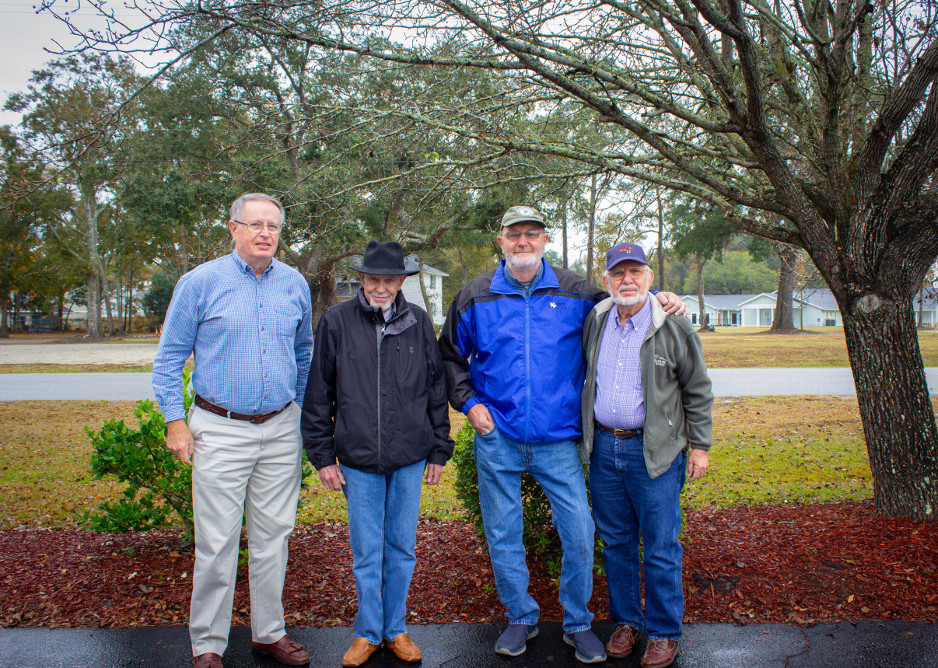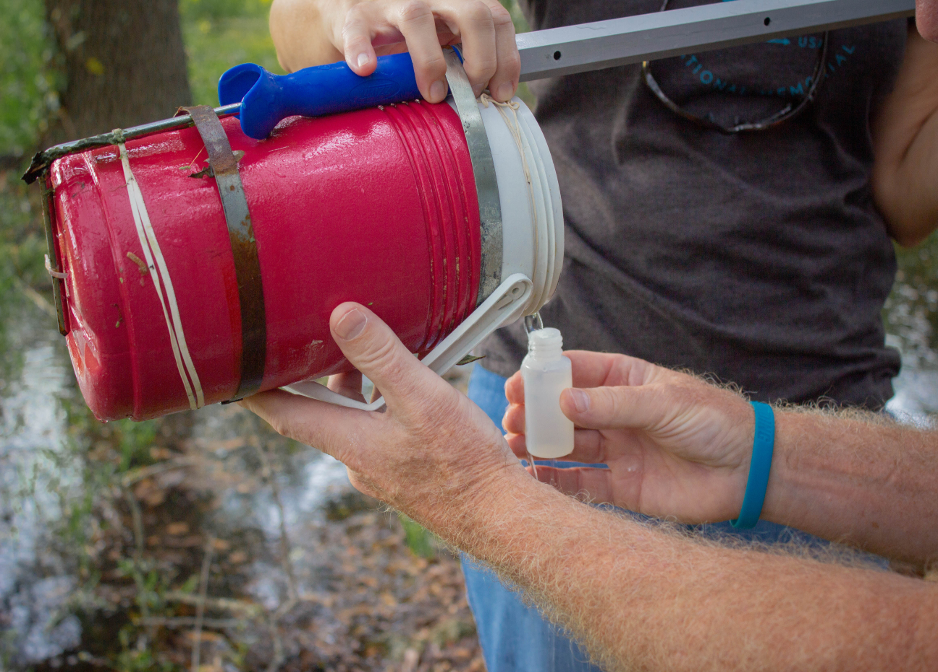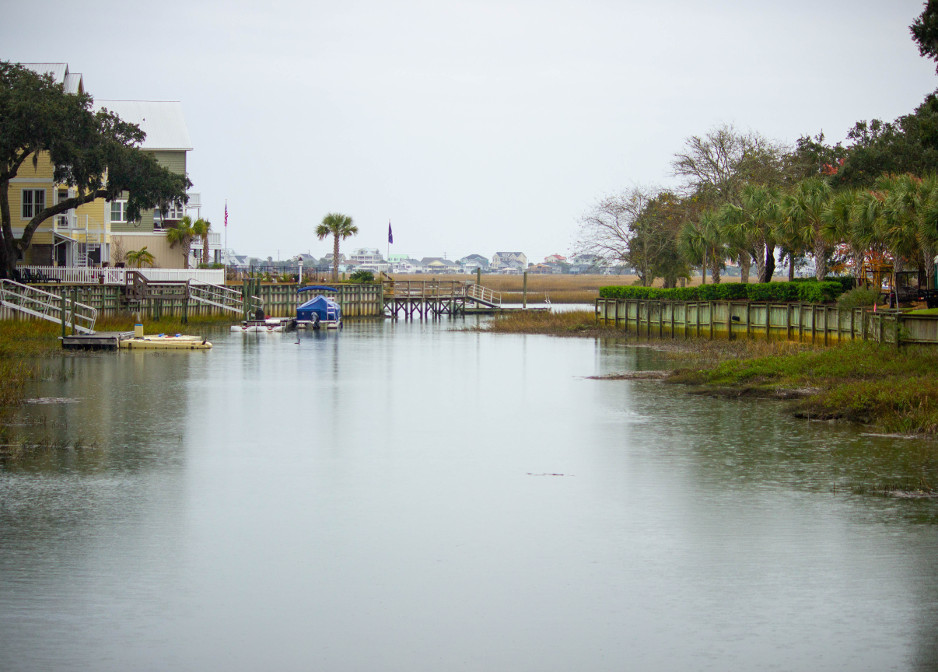Meeting the Leaders
Andrew Crance is a master's student in Coastal Marine and Wetland Studies at Coastal Carolina University, and interns with the Environmental Quality Lab. He studies local water quality contributing to the Long Bay Hypoxia Monitoring Consortium, River Gaging the Waccamaw and Little Pee Dee Rivers, and City of Myrtle Beach Outfall Study. His work also features scientific communications for the Coastal Waccamaw Stormwater Education Consortium.
Volunteering can be a rewarding and personal endeavor. Many decide to volunteer for various reasons. One may be interested in the activity; while another might have concerns about the environmental and economic impacts within their communities; and another may be motivated by altruistic pursuits. For most, volunteering is a combination of these reasons. Recently, I took a little time to meet the team leaders from the Murrell’s Inlet volunteer water monitoring group and discuss how and why they got involved in the project. Though their backgrounds are diverse, they’ve come together for a common good in their community.
The volunteer monitoring group was formed by NGO Murrell’s Inlet 2020 in conjunction with the Coastal Waccamaw Stormwater Education Consortium (CWSEC) to investigate high levels of fecal bacteria that have closed many non-commercial oyster beds in the area. Using best management practice devices (BMPs), and continuous monitoring, they seek to rehabilitate and reopen these important oyster beds.
I made my way to Spring House Family Restaurant in Murrell’s Inlet for breakfast and coffee with the four leaders, David Goettel, Bob Steffens, John Norse, and George Comer. We chatted for a while before going around the table sharing our stories.
David became a volunteer monitor nine years ago, shortly after the project began. Since college, he’s wanted to get involved in a water quality group. This desire continued throughout his career; and while working as an engineer for Santee Cooper he planned to form such a team. This idea never managed to take flight; however, during a recruitment presentation given by the CWSEC, he had the opportunity for this idea to become reality. He was made a team leader during the second week, which he attributed to his engineering background. His passion for tackling water pollution has made this a rewarding role.
In 2011, Bob retired from work as a pharmaceutical chemist and moved to Murrell’s Inlet. It was at a Murrell’s Inlet 2020 Chowder Talk that he was recruited for the water quality monitoring program. The project was a perfect way to engage a long-time interest in conservation. He expressed concern for the oyster beds in Murrell’s Inlet, saying they’ve managed to identify the source of the bacteria to be from animals, but the BMPs have been ineffective at reducing it. “Some beds are always closed, and they are getting bigger; while the beds that are always open are getting smaller.” This raises concern for finding solutions to rehabilitating the oyster beds.
John, a professional musician, joined the volunteer water quality monitoring team about seven years ago. Looking for a way to get involved in the community, he went to a Murrell’s Inlet 2020 Chowder Talk. Hearing about the degradation of local waters, he became concerned for the value his property. In response he joined the program. He had no prior experience with water quality science, but his fellow leaders exclaimed that he quickly took to using the field meter “like a natural.” He has been a leader for more than five years and expanded his involvement in Murrell’s Inlet 2020.
George joined the monitoring team about four years ago after his wife had seen an advertisement seeking volunteers. He thought volunteering would be interesting, so he pursued it. Working as an engineer, he’s deeply interested in hydrodynamics. He studied the movement of sediments through aquatic systems using mathematical modelling to calculate sediment delivery, erosion, and turbidity. Turbidity is the measure of suspended solids in water. In the future, he hopes to try this technique in the inlet to gain a better picture of the system.
Finishing our coffee and requesting our bills, we closed our conversation. It was a privilege to hear their stories. Though they had different motivations for volunteering, the common goal of protecting the environment brought them together. They’re providing a valuable service that supports the CWSEC work towards rehabilitating the oyster beds of Murrell’s Inlet. And at the end of the day, they’re proud to be part of this rewarding program.





